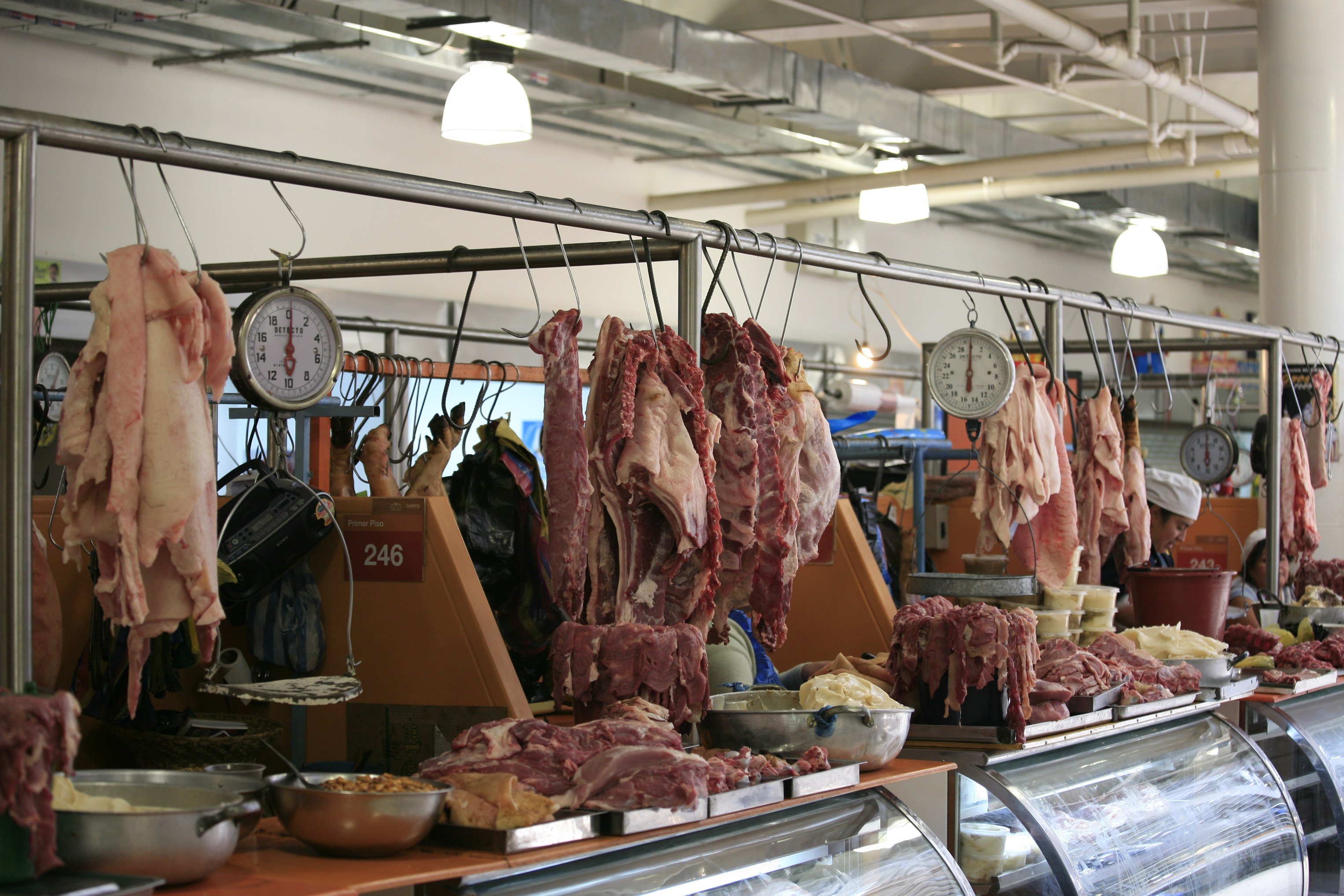See Bagley Farms Meat Market Edwardsville IL for Farm-Fresh Meat and Specialized Cuts
Discover the Art of the Butcher's Cut in a Modern Meat Market
In the ever-evolving landscape of modern-day meat markets, the butcher's cut has transcended its typical roots, combining olden workmanship with contemporary techniques. What really establishes the modern butcher apart is their capability to forge a deeper connection in between consumers and the origins of their meat.
Advancement of Butchery Strategies

The mid-20th century saw butchery strategies additionally fine-tuned by scientific understandings right into muscle biology and meat aging, enhancing both tenderness and preference. Technologies like vacuum packaging and refrigeration expanded item shelf-life, allowing butchers to expand offerings and enhance top quality control. This duration likewise marked the increase of specialized tools, such as band saws and meat slicers, which boosted precision and performance in meat handling.
Electronic systems currently aid in monitoring pet provenance and optimizing cuts to satisfy details client choices. Furthermore, a rebirth in artisanal butchery has emerged, mixing typical skills with contemporary understanding to provide to customers looking for moral and sustainable meat choices.

Recognizing Meat Cuts

Recognizing the complexities of meat cuts is essential for both butchers and customers seeking quality and worth. For butchers, specific cuts show skill and regard for the craft, ensuring marginal waste and optimal return.
The main groups of meat cuts include primal, sub-primal, and retail cuts. Butchers after that break these down even more into sub-primal cuts, prior to ultimately producing retail cuts offered to customers, like ribeye or tenderloin.
Understanding muscle mass make-up is essential; muscular tissues utilized extra frequently by the animal have a tendency to be harder and are best matched for slow cooking techniques, while less-used muscle mass, like those found in the loin, are a lot more tender and perfect for cooking or roasting. Familiarity with these distinctions empowers consumers to make educated options, boosting their cooking endeavors.
Choosing High Quality Meat
Selecting the ideal meat includes more than just selecting a visually appealing piece from the display screen. The art of picking top quality meat calls for a discerning eye and knowledge of details features that represent freshness and excellence. To start with, focus on the color; beef ought to have a bright, cherry-red tone, while lamb must display a soft pink tone, and pork a light pink. This indicates the meat is fresh and hasn't been revealed to oxygen for too lengthy.
Second of all, consider the marbling, which describes the white flecks of fat within the muscle mass. Proper marbling is a vital indicator of inflammation and flavor, as it thaws throughout food preparation, improving the meat's juiciness. Bear in mind, higher marbling often correlates with exceptional high quality cuts, such as USDA Prime.
Appearance is another essential element; meat should really feel strong to the touch, not slimed or overly soft. In addition, bear in mind the fragrance. Fresh meat needs to have a clean, neutral odor, without any type of sour or repulsive smells.
Matching Cuts With Food Preparation Approaches
Effectively coupling cuts of meat anchor with the ideal food preparation approaches is essential for achieving optimal flavor and texture. These methods enhance the meat's natural tastes and make certain a juicy coating.
Alternatively, harder cuts like brisket and chuck roast are abundant in collagen, which damages down into gelatin when cooked gradually. These cuts are click here for info excellent for braising or slow-moving roasting, permitting the meat to soften gradually and establish deep, complicated flavors. Similarly, cuts such as brief ribs and pork shoulder make out well with slow-cooking techniques, where prolonged cooking times transform their durable appearances right into succulent dishes.
Lamb shanks and oxtail, which call for long term cooking to soften, are excellent prospects for cooking or sluggish simmering. These approaches coax out rich, hearty tastes while maintaining moisture. By recognizing the distinct characteristics of each cut, cooks and home chefs alike can raise their culinary productions, guaranteeing each dish is both pleasing and memorable.
The Butcher's Duty Today
Navigating the advancing landscape of the contemporary meat market, the butcher's role today expands beyond plain preparation of cuts. Contemporary butchers are cooking artisans, instructors, and advocates for lasting methods. They link the space in between the farm and the fork by making certain honest sourcing, recognizing animal husbandry, and focusing on transparency in the supply chain. This change reflects the growing customer demand for high quality over amount, where provenance and animal well-being are paramount.
In enhancement to crafting precise cuts, butchers currently engage straight with consumers, using cooking guidance and customizing options to suit private demands and choices. Their competence in meat aging, marbling, and taste profiles empowers sites consumers to make educated choices, boosting their culinary experiences. This customized solution exhibits the butcher's advancing role as a trusted advisor in the kitchen area.
Additionally, butchers are crucial in minimizing waste, utilizing whole animals to produce diverse products such as sausages and stocks - bagley farms meat market edwardsville il. This detailed strategy not just values the pet yet additionally aligns with contemporary sustainability objectives. This way, the modern butcher embodies both tradition and innovation, adapting to an ever-changing market while preserving the artistry and integrity of their craft

Final Thought
Proficiency in comprehending varied meat cuts and quality signs encourages butchers to offer educated referrals, aligning certain cuts with optimum cooking methods. By honoring historic techniques while embracing contemporary demands, the butcher's duty continues to be important in today's advanced meat market.